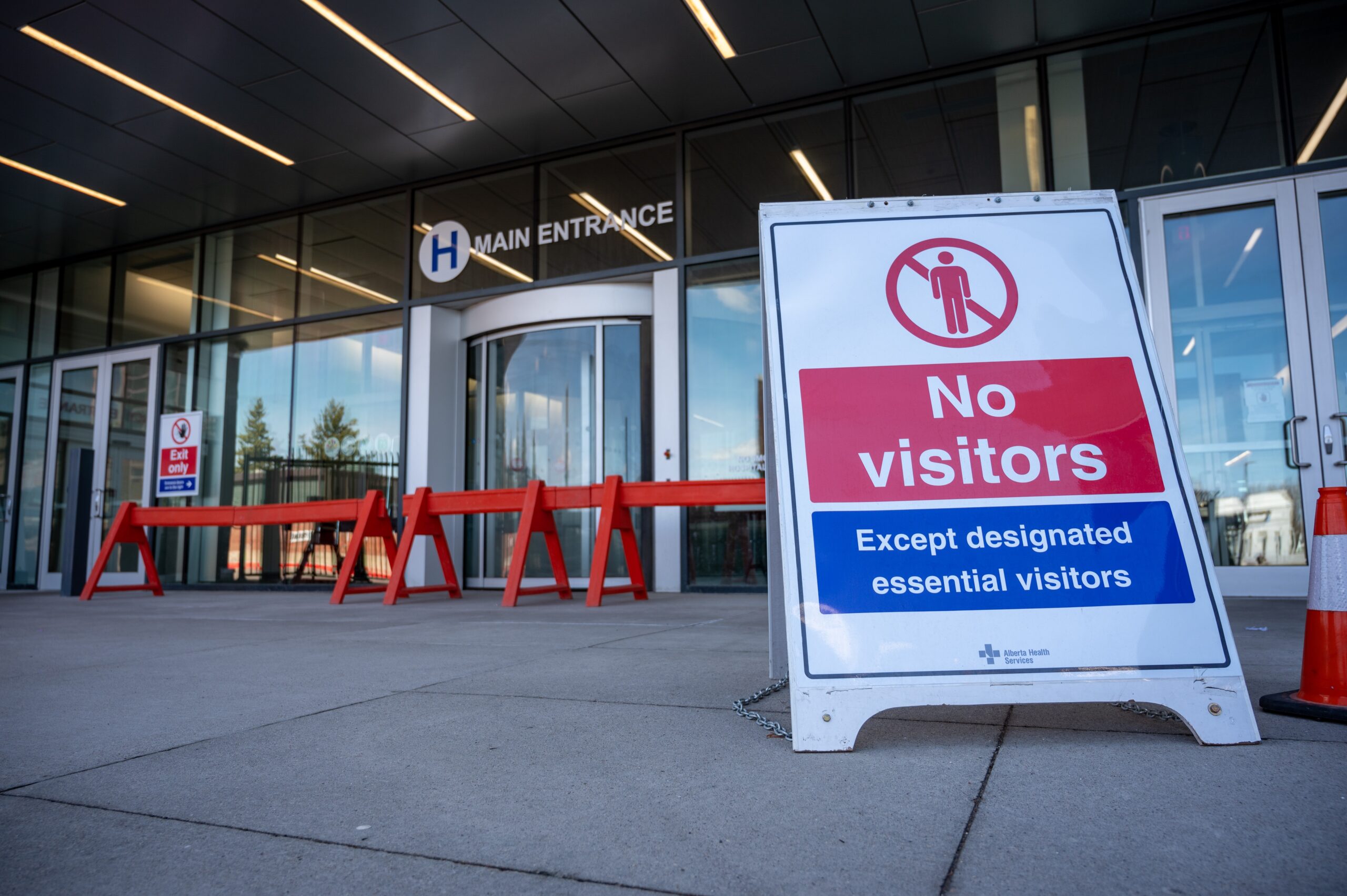Alberta: hospitals in collapse. “Here it’s a real disaster”

EDMONTON – Collapsing hospitals in Alberta. The fourth wave of Covid-19 has put a strain on the province’s health system, with around 200 patients currently in intensive care units and negative forecasts: the situation could further worsen in the weeks to come.
The models developed by Alberta Health Services (AHS) and published by Cbc News indicate that, at the beginning of October, there could be up to 365 patients in need of intensive care, but the beds available in Alberta’s intensive care units are 286. It is the worst scenario, the “high” one, but also the “average” one is not reassuring, with 280 patients destined for intensive care, while the “low” scenario foresees 191.
“AHS is already increasing the ability to meet this prediction,” said AHS spokesperson Kerry Williamson. “The current situation is dire and we are extremely concerned about the rapid increase in hospital admissions and intensive care numbers.”
“Alberta hospitals are really on the brink of collapse,” said Dr. Ilan Schwartz, physician and assistant professor in the division of infectious diseases at the University of Alberta. “I think it’s important that Alberta people know how immersed we are in this disaster.”
Schwartz was one of 67 infectious disease doctors to sign an open letter to Alberta Premier Jason Kenney on Monday, calling for stronger action to curb the spread of the virus, especially restrictions for non-immunized people to access non-essential services, indoors. “This measure can immediately reduce new infections, thus relieving the pressure on hospitals, avoiding widespread blockages, now and in the future,” the doctors wrote. But, until now, Kenney has always rejected requests to make places like bars, restaurants and palestres only accessible to the vaccinated, as is happening in other Canadian provinces.
Meanwhile, the number of patients in therapy varies from hour to hour. Monday afternoon there were 198 (the previous maximum number was 182, recorded in May, during the third wave of the pandemic), then they were 202. Figures that come dangerously close to 286 which, however, let’s remember, is not only valid for Covid patients In fact, intensive care beds are also used for people suffering from a wide variety of post-operative ailments, injuries and complications. So much so that on Monday the number of beds occupied were actually 256 (i.e. 202 Covid patients and others for different pathologies).
Not only that: staff are also starting to run short, as Dr. Erika MacIntyre, president of the Edmonton Zone Medical Staff Association, pointed out. “We are running out of ICU nurses and we are running out of respiratory therapists,” she said, recalling that until recently there was one ICU nurse for every patient, while now there is one for every three patients. “That means a reduction in services,” MacIntyre said.
The consequences of such a situation are innumerable. Among these, in fact, the reduction of the levels of assistance but also the cancellation of surgical interventions for non-Covid patients, even urgent ones such as kidney transplants and surgery for cancer: medical and nursing staff must be redistributed in therapies intensive.
The end result could be dramatic: deciding who gets the chance to live and who doesn’t, with healthcare workers forced to prioritize patients who have the highest chance of overall survival and patients who are “most likely to have a positive outcome. with the least use of intensive care resources, both in terms of intensity and duration”. The indications are already contained in an AHS document, which has never been applied until now. Till now.
In the pic, the Chinook Regional Hospital in Lethbridge, Alberta (photo by Graham Ruttan on Unsplash)



